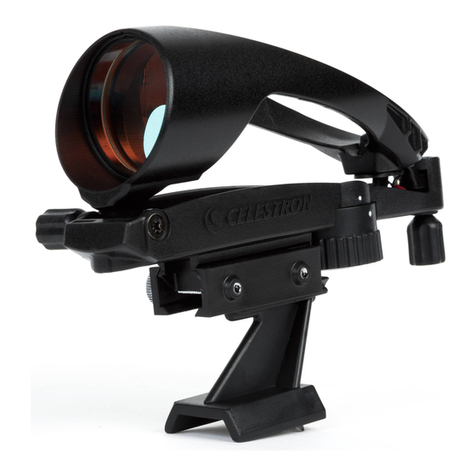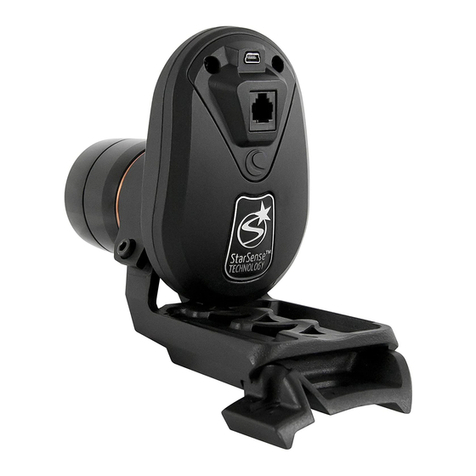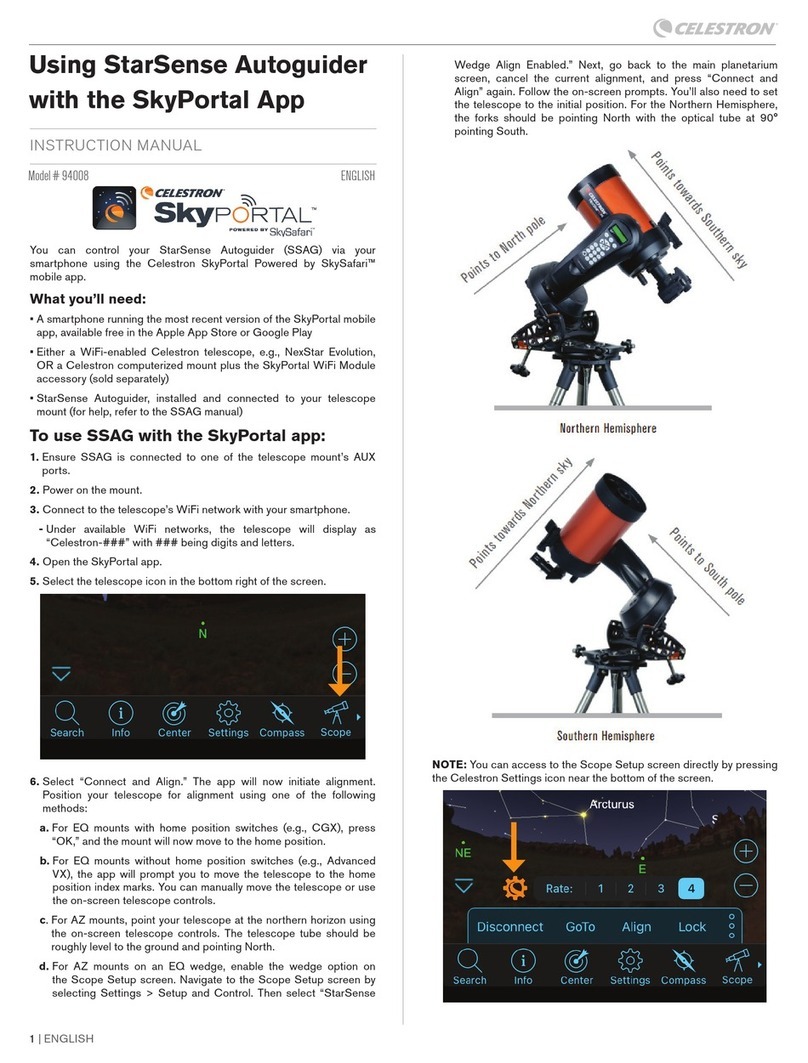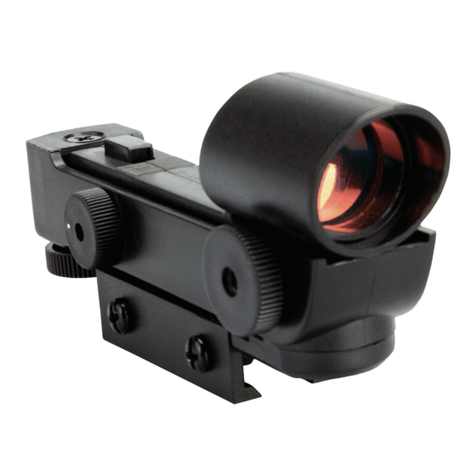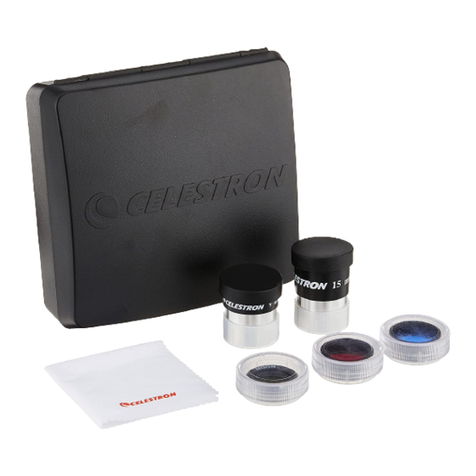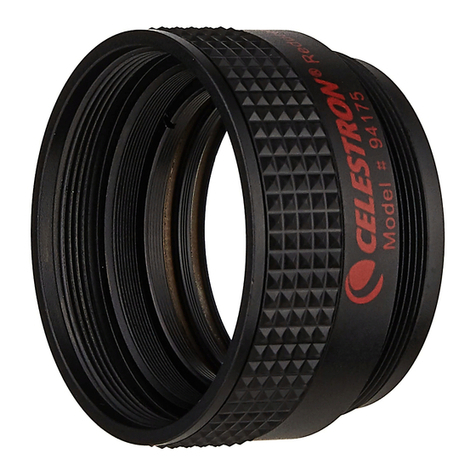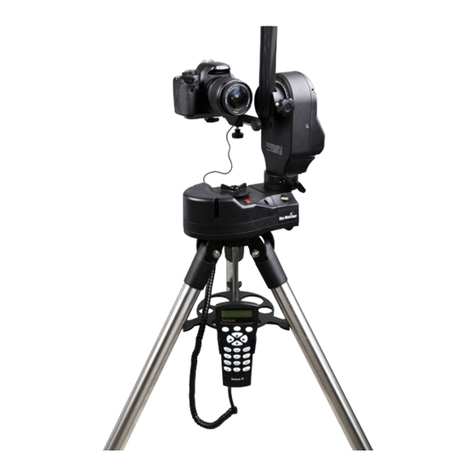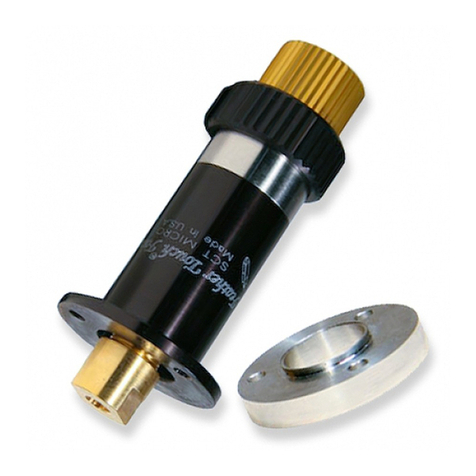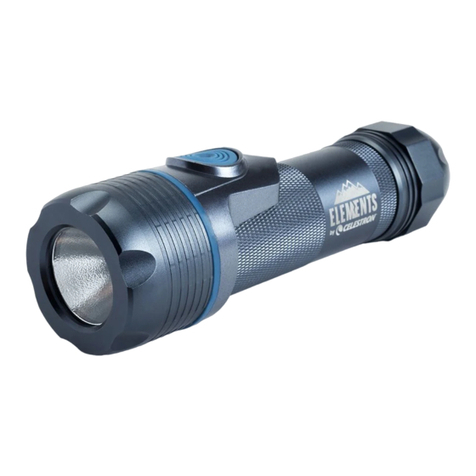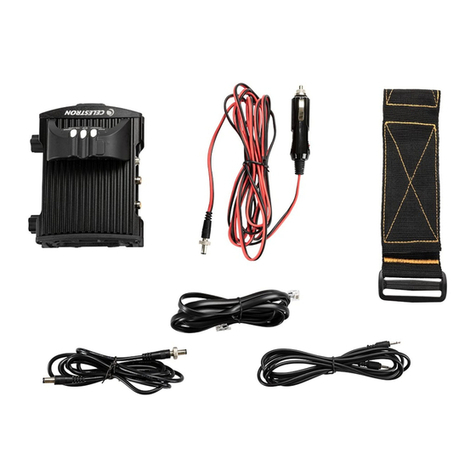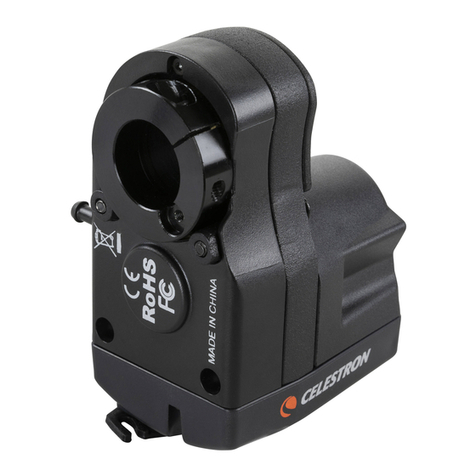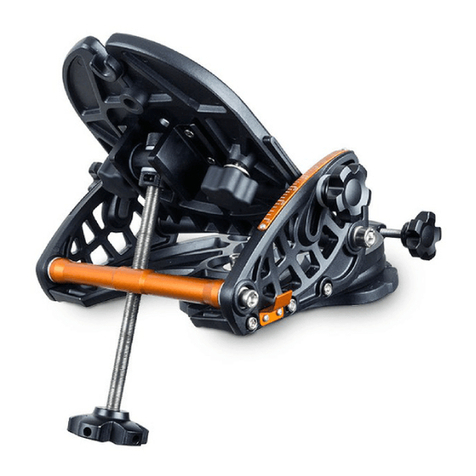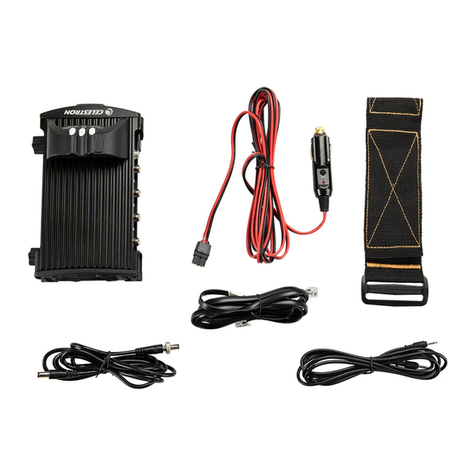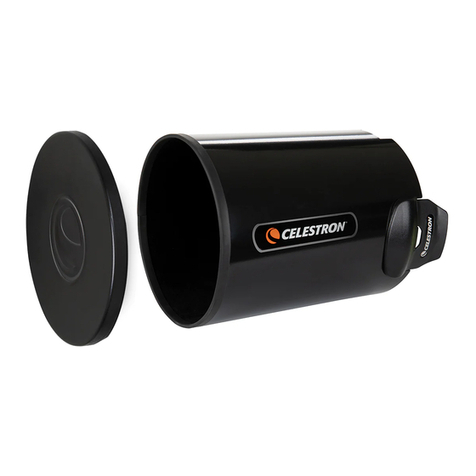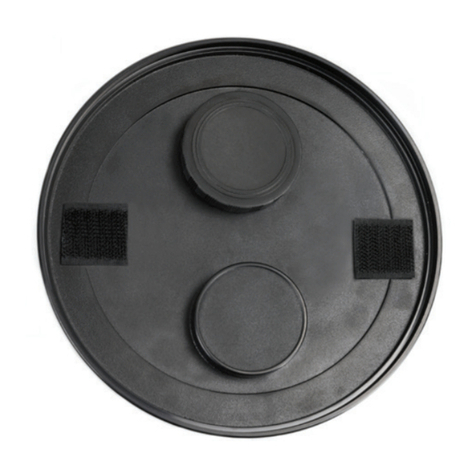
The Celestron EdgeHD 9
We cut corrector blanks from large sheets of the glass, then run
them through a double-sided surfacing machine to grind and
polish both surfaces to an optical finish. The blanks are inspected
and any with defects are discarded.
The Johnson/Celestron method for producing the polynomial
aspheric curve is based on precision “master blocks” with the
exact inverse of the desired curve. We clean the master block
and corrector blank, and then, by applying a vacuum from the
center of the block, pull them into intimate optical contact,
excluding any lint, dust, or air between them, gently bending
the flat corrector blank to match the reverse curve of the block.
We then take the combined master block and corrector blank
and process the top surface of the corrector to a polished
concave spherical surface. With the corrector lens still on the
master block, an optician tests the radius and figure of the new
surface against a precision reference matchplate (also known as
an optical test plate or test glass) using optical interference to
read the Newton’s rings or interference fringes, as shown in
Figure 7. If the surface radius lies within a tolerance of zero to
three fringes (about 1.5 wavelengths of light, or 750nm concave),
and the surface irregularity is less than half of one fringe (¼–
wavelength of light), the corrector is separated from the master
block. The thin glass springs back to its original shape, so that
the side that was against the master block becomes flat and the
polished surface assumes the profile of a Schmidt corrector lens.
The corrector is tested again, this time in a double-pass auto
collimator. Green laser light at 532nm wavelength (green)
enters through an eyepiece, strikes an EdgeHD secondary and
primary mirror, passes through the corrector lens under test,
reflects from a precision optical flat, goes back through the
corrector to reflect again from the mirrors, and finally back to
focus. Because the light passes twice through the Schmidt
corrector lens, any errors are seen doubled. The double-pass
autocollimation test (see Figure 9) ensures that every Schmidt
corrector meets the stringent requirements of an EdgeHD
optical system.
Primary mirrors begin as precision-annealed molded castings of
low-expansion borosilicate glass with a weight-saving conical
back surface and a concave front surface. The molded casting
is edged round, its central hole is cored, and the radius of the
front surface is roughed in. Celestron grinds the front surface of
primary mirrors with a succession of progressively finer diamond
abrasive pellet tools using high-speed spindle machines, then
transfers them to an abrasive free room where they are polished
to a precise spherical surface. Each mirror is checked for both
radius and optical spherical figure against a convex precision
reference matchplate. When the interference fringes indicate
the radius is within ±1 fringe from the nominal radius and the
surface irregularity is less than one fourth of one fringe, the
mirror receives a final check using the classic mirror-maker’s
null test familiar to every professional optican. Afterwards,
every primary mirror is taken to the QA Interferometry Lab—shown
in Figure 10—where the surface irregularity of each mirror is
verified, via interferometer, to be within specification.
The smaller secondary mirrors are also made of low-expansion
borosilicate glass. Like the primaries, the secondaries are edged
and centered, then ground and polished. The secondary is a
convex mirror so during manufacture it is tested against a
concave precision reference matchplate to check both its radius
of curvature and figure. The secondary mirrors are also brought
to the QA Interferometry Lab where the radius and irregularity of
each mirror is verified through interferometric measurement to
assure that each one lies within specification.
When we designed the EdgeHD optical system, we strongly
favored spherical surfaces because a sphere can be tested by
optical interference to high accuracy in a matter of minutes. If we
had specified a hyperboloidal surface for the secondary mirror,
we would have been forced to use slower, less accurate testing
methods that might miss zonal errors. Furthermore, coma-free
SCT designs with hyperboloidal mirrors still suffer from field
curvature—an aberration that we specifically wished to avoid in
the EdgeHD design.
Finally, the sub-aperture corrector lenses are made using the
same manufacturing techniques used for high-performance
refractor objectives. The EdgeHD design specifies optical glass
from Schott AG. The 8-, 9.25-, and 11-inch use N-SK2 and K10
glasses, while the 14-inch uses N-SK2 and N-BALF2 glasses.
To ensure homogeneity, optical glass is made in relatively small
batches, extruded in boules. The raw glass is then diamond-
milled to the correct diameter, thickness, and radius. Each lens
blank is blocked, ground, and polished, then the radius and figure
are compared to matchplates to ensure they meet EdgeHD’s
tight tolerances.
Our assembly workstations resemble the optical benches used
to qualify corrector plates. The primary mirror and corrector plate
slip into kinematic support jigs, and we place the secondary
mirror in its holder. The sub-aperture corrector lenses meet
specifications so reliably that a master set is used in the assem-
bly workstation. Laser light from the focus position passes in
reverse through the optics, reflects from a master autocollimation
flat, then passes back through the optics. Tested in autocollimation,
the optician can see and correct surface errors considerably
smaller than a millionth of an inch.
If the combined optics set shows any slight residual under-or
over-correction, zones, astigmatism, upturned or downturned
edges, holes, or bulges, the optician marks the Foucault test
shadow transitions on the secondary mirror, then removes the
secondary mirror from the test fixture and translates these
markings into a paper pattern. The pattern is pressed against
a pitch polishing tool, and the optician applies corrective polishing
to the secondary mirror—as we show in Figure 11—until the
optical system as a whole displays a perfectly uniform illumination
(no unwanted zones or shadows) under the double-pass
Foucault test and smooth and straight fringes under the double-
pass Ronchi test. The in-focus Airy disk pattern is evaluated for
roundness, a single uniform diffraction ring, and freedom from
scattered light. In addition, the intra- and extra-focal diffraction
pattern must display the same structure and central obscuration
on both sides of focus, and it must appear round and uniform.
FIGURE 7. Matchplates use interference fringes to check
the radius and smoothness of the correction. In this picture, a
corrector blank is attached to a master block. The matchplate
rests on top; interference fringes appear as green and blue
circles. The circular pattern indicates a difference in radius.
